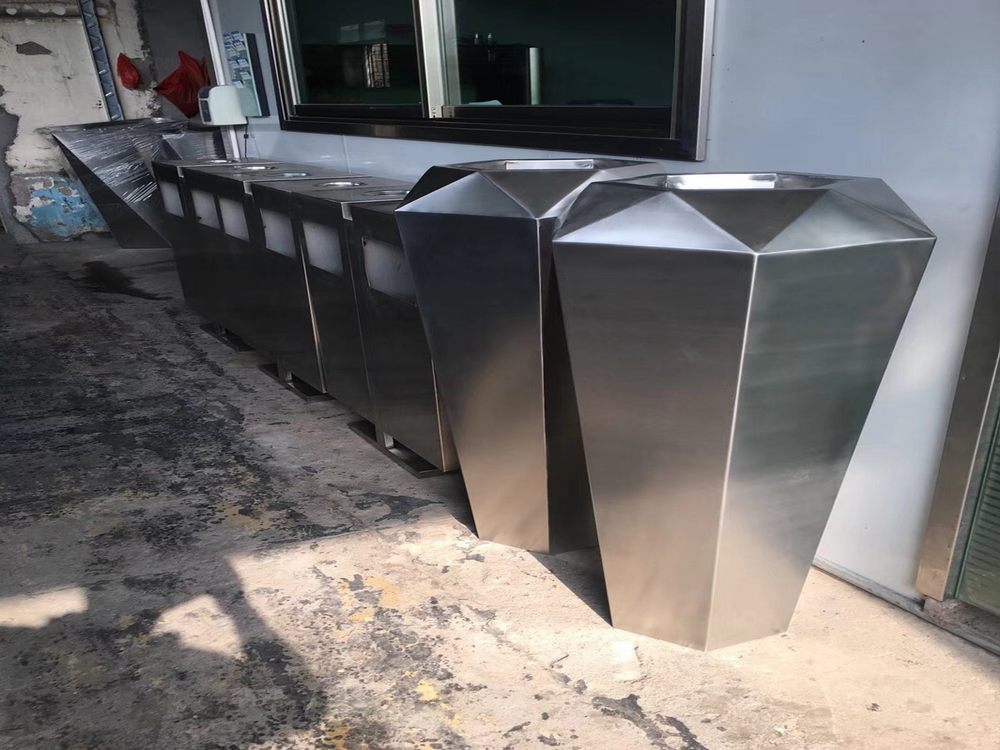
Auction houses employ a meticulous process to determine the provenance and value of rare porcelain sculptures, combining historical research, scientific analysis, and expert appraisal. Provenance investigation begins with tracing ownership history through documents, exhibition records, and collector archives, often revealing fascinating stories that enhance an item's worth. Specialists examine maker's marks, clay composition, and glaze techniques to verify authenticity, sometimes using advanced technologies like X-ray fluorescence or thermoluminescence dating.
Condition assessment plays a crucial role, with flawless pieces commanding premium prices while restored items may see reduced value. Auction experts compare recent sales of comparable pieces and consider current market trends in specific collecting categories. The reputation of the artist or manufacturer significantly impacts valuation, as does rarity - limited production runs or unique designs dramatically increase desirability.
Cultural significance and artistic merit are carefully evaluated by committees of specialists who debate aesthetic qualities and historical importance. Auction houses also consider the "exhibition factor" - pieces with prestigious exhibition histories often achieve higher prices. Ultimately, the final estimate reflects both objective analysis and subjective appreciation of the sculpture's beauty and historical context, creating excitement among potential bidders when these treasures come to market.

